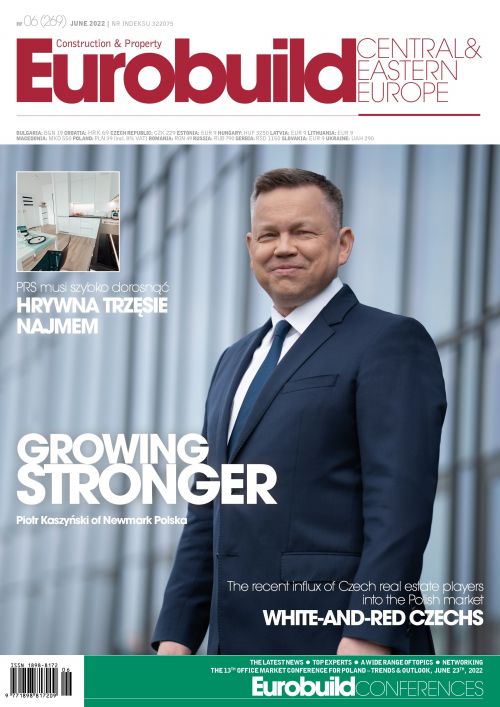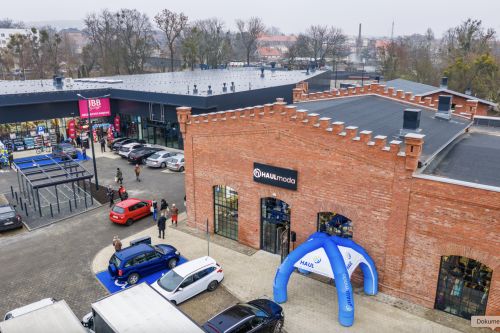As I’m writing these words, Ukraine has been embroiled in a war against Russian invaders for just over three months. Poland, though utterly unprepared, agreed to take in all refugees who came – including those without the proper documentation – and now over 3.6 mln people have crossed the border into Poland, with the vast majority being women and children. Even if peace were declared tomorrow, many will probably never return to their former homes. Prior to this influx, the housing market in Poland was tight. Now, it’s extreme.
“This situation has exacerbated the housing crisis in Warsaw and major regional cities. Quite often bidding auctions are held, where more than 100 people are applying to rent one particular apartment. It is estimated that at least 1 mln people will remain in Poland even after the end of the war in Ukraine, which means the need for about 250,000–300,000 additional apartments,” predicts Mira Kantor-Pikus, a partner for equ































































